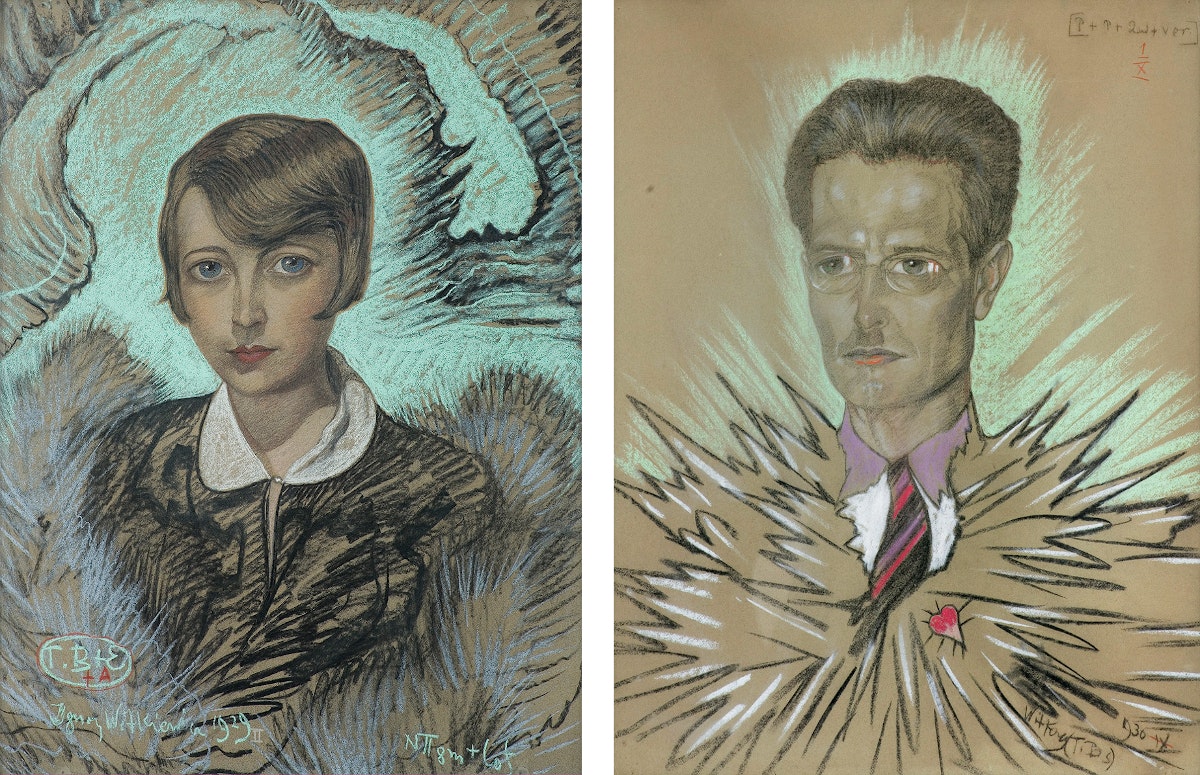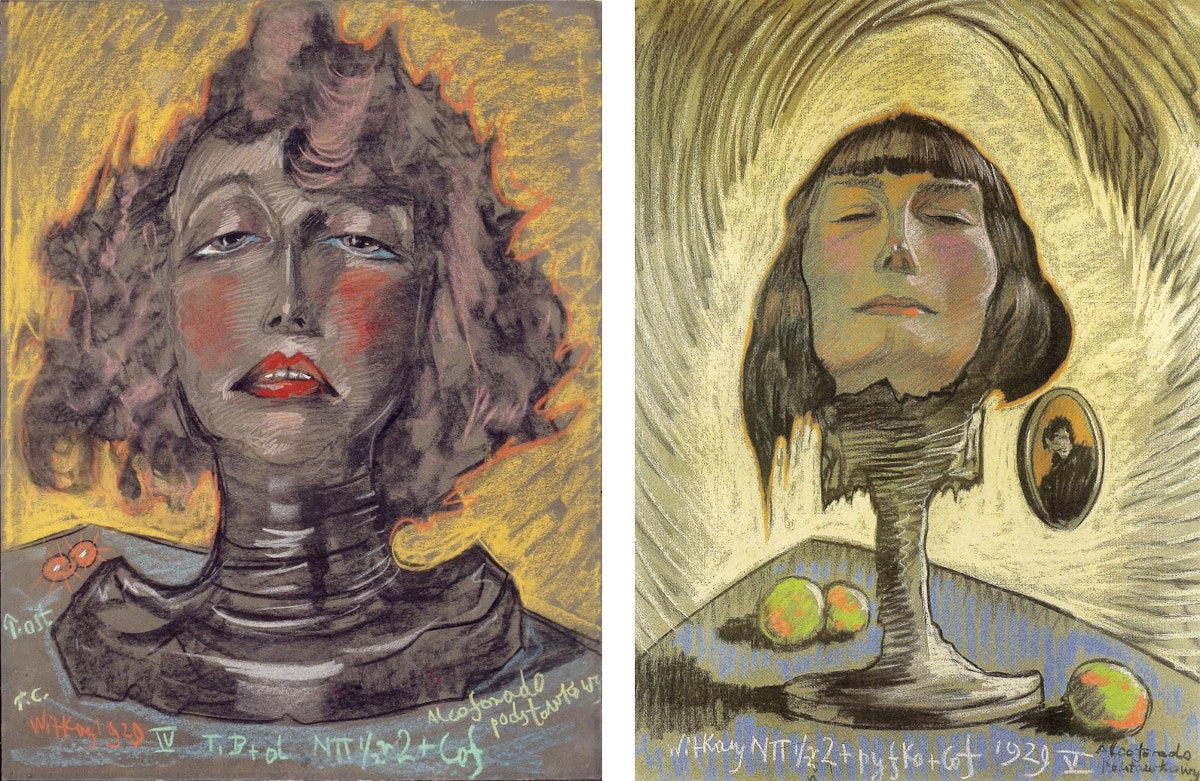Quentin Tarantino’s filmmaking career began thirty years ago — at least if you place its starting point at his first feature Reservoir Dogs in 1992. But even then he had been working toward auteurhood for quite some time, a period characterized by projects like My Best Friend’s Birthday, previously featured here on Open Culture. Throughout the three decades since he hit it big, there can be no doubt that Tarantino has consistently made just the films he himself has most wanted to see. But he’s also remained a sufficiently honest cinephile to admit that other directors have made films he would have wanted to make: Fukasaku Kinji, for instance, whose Battle Royale he praises in just such personal terms in the video above.
In six minutes Tarantino runs down the list of his twenty favorite movies between 1992, when he became a director, and 2009. After giving pride of place to Battle Royale — a Japanese comedic thriller of high-school ultraviolence that set off a wave of transgressive thrill through a worldwide “cult” audience — he presents his choices in alphabetical rather than preferential order. The complete list runs as follows:
- Fukasaku Kinji, Battle Royale
- Woody Allen, Anything Else (“the Jason Biggs one”)
- Miike Takashi, Audition
- Tsui Hark, The Blade
- Paul Thomas Anderson, Boogie Nights
- Richard Linklater, Dazed and Confused (“the greatest hangout movie ever made”)
- Lars von Trier, Dogville
- David Fincher, Fight Club
- F. Gary Gray, Friday
- Bong Joon-ho, The Host
- Michael Mann, The Insider
- Park Chan-wook, Joint Security Area
- Sofia Coppola, Lost in Translation
- The Wachowskis, The Matrix (though its sequels “ruined the mythology for me”)
- Bong Joon-ho, Memories of Murder
- Stanley Tong, Police Story 3/Supercop (contains “the greatest stunts ever filmed in any movie”)
- Edgar Wright, Shaun of the Dead
- Jan de Bont, Speed (there have been “few exhilaration movies quite like it”)
- Trey Parker and Matt Stone, Team America: World Police
- M. Night Shyamalan, Unbreakable
Tarantino may refer to Shyamalan as “M. Night Shamalamadingdong,” but he clearly has a good deal of respect for the man’s films. And he seems to have even more for Bruce Willis’ work in Unbreakable, which contains his “best performance on film” — better, evidently, than the not-inconsiderable one he gave in a nineteen-nineties hit called Pulp Fiction.
It comes as no surprise that Tarantino names movies by his peers in the “Indiewood” generation like Anderson, Linklater, and Coppola. But watched thirteen years later, this video also suggests a certain cinematic prescience on his part. Speed, for example, once seemed like a brain-dead blockbuster but now stands as a classic of Los Angeles cinema. And we’d do well to remember how far ahead of his peers Tarantino was in his consciousness of Asian cinema. That we all watch films from Japan, Hong Kong, and Korea today owes something to Tarantino’s advocacy. More than a decade before Bong Joon-ho’s Parasite dominated the Academy Awards, Tarantino gave him alone not one but two entries on this top-twenty list — which surely makes up for his obviously having forgotten Bong’s name.
Related content:
Quentin Tarantino Picks the 12 Best Films of All Time; Watch Two of His Favorites Free Online
Quentin Tarantino Lists His 20 Favorite Spaghetti Westerns
Quentin Tarantino’s Handwritten List of the 11 “Greatest Movies”
Based in Seoul, Colin Marshall writes and broadcasts on cities, language, and culture. His projects include the Substack newsletter Books on Cities, the book The Stateless City: a Walk through 21st-Century Los Angeles and the video series The City in Cinema. Follow him on Twitter at @colinmarshall, on Facebook, or on Instagram.






